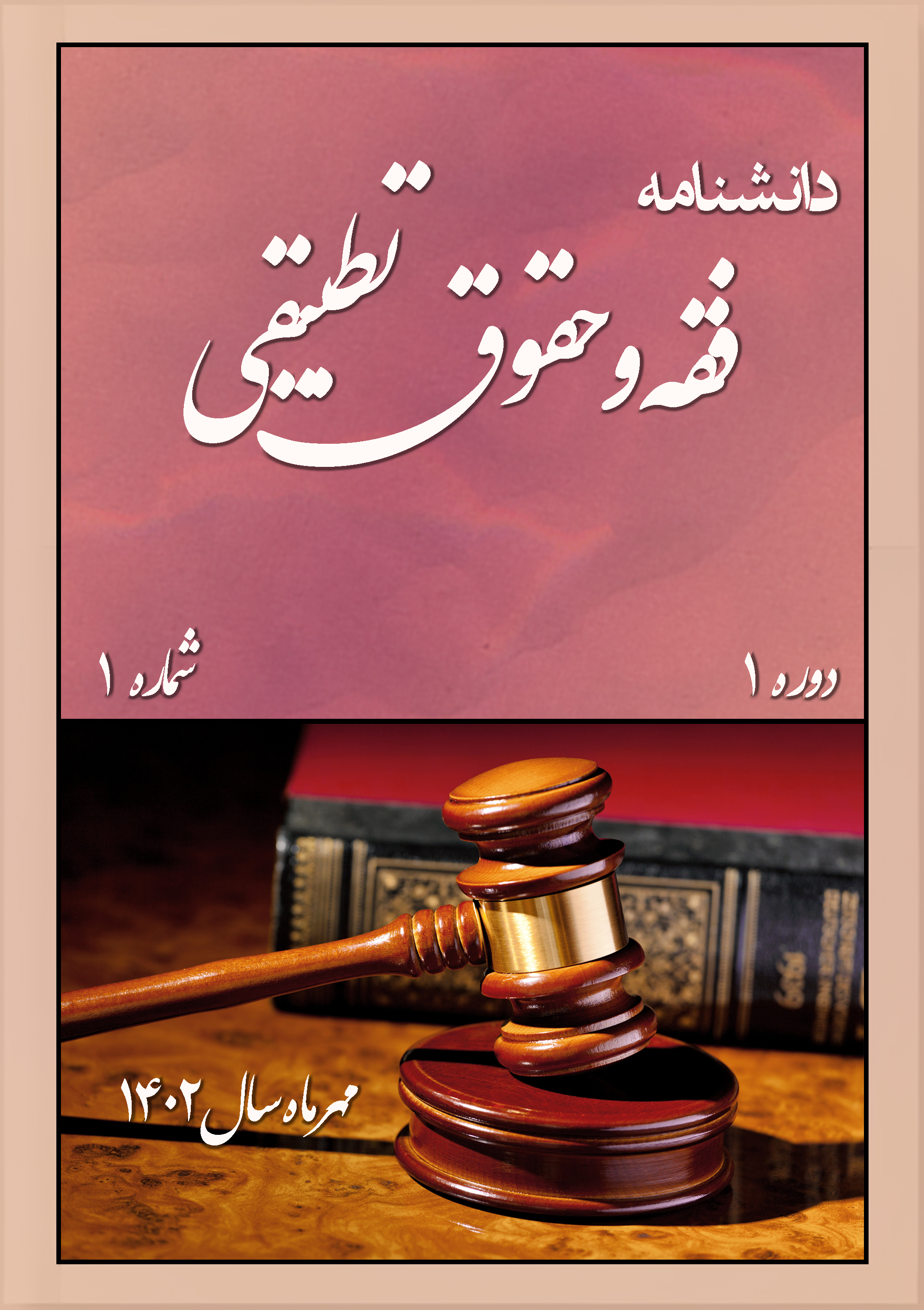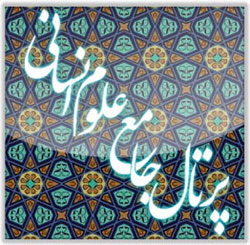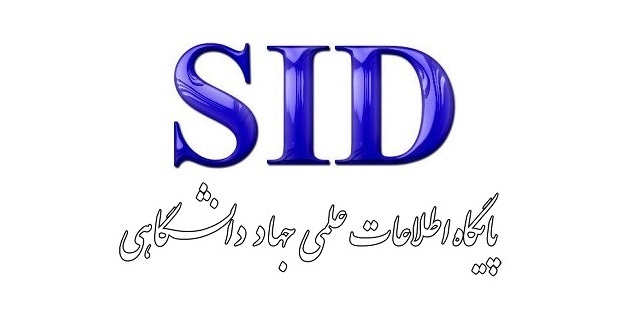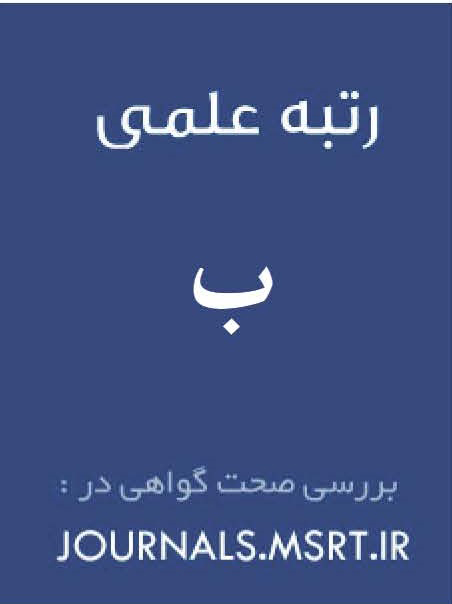Analysis of Types of Abuse in the Mining Sector from the Perspective of the Iranian Legal System
Keywords:
Mining, government rights, corruption, abuse, rentAbstract
Considering that Iran is among the countries ranked high in terms of diversity and value of mineral resources worldwide, as well as its regional position, the domestic and international political and economic conditions have caused mining sector activities to positively influence the national budget and the general policies of the system in line with the realization of Articles 44 and 45 of the Constitution. In implementing these policies, the government, as the executive body, has been relatively successful; however, the adopted policies in Iran have not always been aligned with the prevailing conditions and have, in some cases, led to new problems in this field. Generally, in any administrative system, due to the influence of various factors, the possibility of abuse and corruption exists, leading to disharmony and disruption within the structure and functioning of that system. The mining sector is no exception to this rule. The Ministry of Industry, Mine and Trade, along with its affiliated departments, as the main authority in the mining sector, due to its extensive scope and lack of effective control, provides an appropriate ground for abuse and corruption in its administrative system. Accordingly, this article identifies types of abuse and administrative corruption in the mining sector, the most well-known of which include: (1) abuse of laws and regulations, (2) abuse in the executive and administrative procedures, and (3) abuse in monitoring and handling administrative violations and crimes. Each of these areas is itself influenced by more specific issues. Concerning abuses of laws and regulations in the mining sector, the main cases include: (1) different interpretations of laws and regulations in the mining sector, (2) application of laws in non-explicit cases due to legal gaps, (3) failure to fully implement laws and regulations with all their details in the mining sector, and (4) use of redundant and unnecessary laws. Regarding abuses in executive affairs in the mining sector, cases include: (1) abuse of decisions and weak supervision by the Supreme Mining Council over the Ministry of Industry, Mine and Trade, (2) abuse in interactions and the establishment of joint working groups between the Ministry of Industry, Mine and Trade and other organizations and executive bodies, (3) abuse in conducting auctions in the mining sector, (4) abuse in the collection of governmental royalties, and (5) abuse in the issuance of mining permits. Furthermore, abuses that occur in addressing violations and corruption in the mining sector are often carried out both externally and internally within the organization.
Downloads
References
Abbaszadegan, S. M. (2015). Administrative Corruption. Cultural Research Office.
Abedi Jafari, H., Taherpour, H., Zarandi, S., & Aghazadeh Dehdeh, F. (2018). Identifying individual factors effective on the tendency towards administrative corruption in Tehran Municipality. Quarterly Journal of Organizational Behavior Studies, 8(1), 49-74.
Afzali, A. R. (2011). Administrative corruption and its impact on development: Causes, consequences, and exit strategies. International Legal Journal, 45(28), 235-264. https://doi.org/10.22066/CILAMAG.2011.16961
Ahmadi, A. A., Homayouni, G. H., & Asgari Dehabadi, H. R. (2015). Administrative and Financial Corruption in Today's Organizations (Concepts, Consequences, Comprehensive Conventions, Non-Governmental Organizations and Anti-Corruption Conferences, Methods of Measuring Corruption). Gisoum Publishing.
Bahramian, Y. (2016). Administrative Corruption in Iranian Governmental Organizations. Andisheh Talaee Publications.
Inanloo, A. (2019). Iran's legal structure guarantees in the prevention and fight against administrative corruption. Bimonthly Scientific-Specialized Journal of Research in Art and Specialized Sciences, 2(4), 29-44.
Mir Mohammad Sadeghi, S. M. (2014). Collection of Mining Laws and Regulations. Negarkhaneh Publications.
Mousavi Doost, S. M. (2019). Causes and consequences of administrative corruption. New Research Approaches in Management and Accounting Quarterly, 4(25), 34-43.
Rezaei Siyabidi, A. R. (2017). Strategies for Combating Administrative Crimes and Economic Corruption in Governmental Organizations. Ghanoon Yar Publishing.
Salarkarimi, A. (2019). The impact of administrative corruption on the violation of civil rights. Journal of Legal Studies(34), 91-124.
Samani, A. (2013). Investigating the effect of religious beliefs on the prevention of administrative corruption
Sorayaei, A., Pourniazi, G., Nejadbayi, M., & Karim, F. (2015). Effective factors of administrative corruption and methods of combating it using the TOPSIS technique
Taleghani, G., Tabatabaei, Z., & Ghaffari, A. (2013). Investigating individual and organizational factors effective on administrative corruption in the branches of Bank Sepah in Qom province. Journal of Organizational Culture Management, 12(2), 235-253. https://doi.org/10.22059/jomc.2014.51182
Zarandi, S. (2016). Factors effective on administrative corruption in the governmental organizations of the Islamic Republic of Iran. Majles and Rahbord Quarterly, 24(91), 165-202.
Downloads
Published
Submitted
Revised
Accepted
Issue
Section
License
Copyright (c) 2025 حمیدرضا کاهی (نویسنده); بابک رضاپور; احمدرضا سلیمان¬زاده (نویسنده)

This work is licensed under a Creative Commons Attribution-NonCommercial 4.0 International License.









